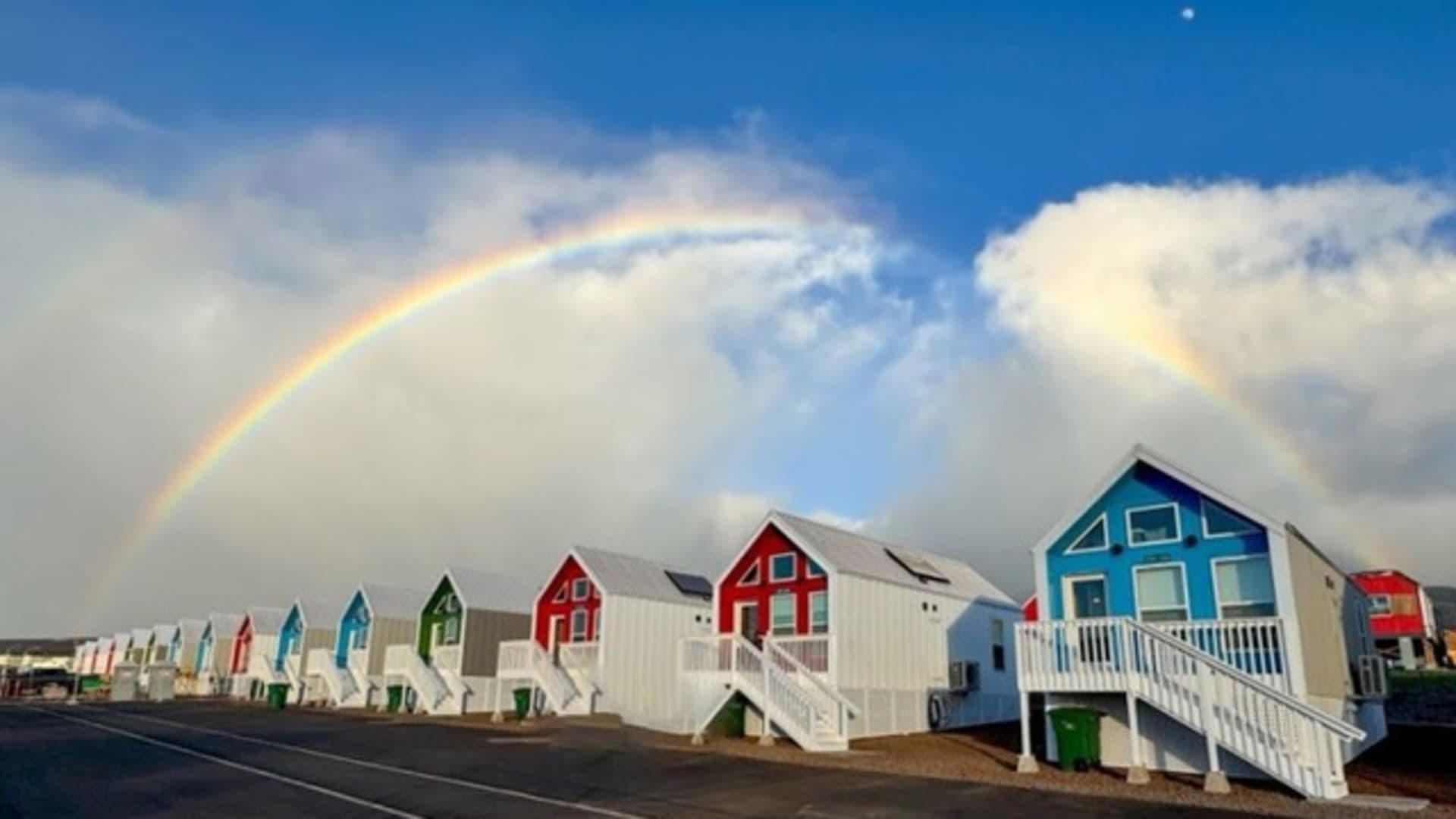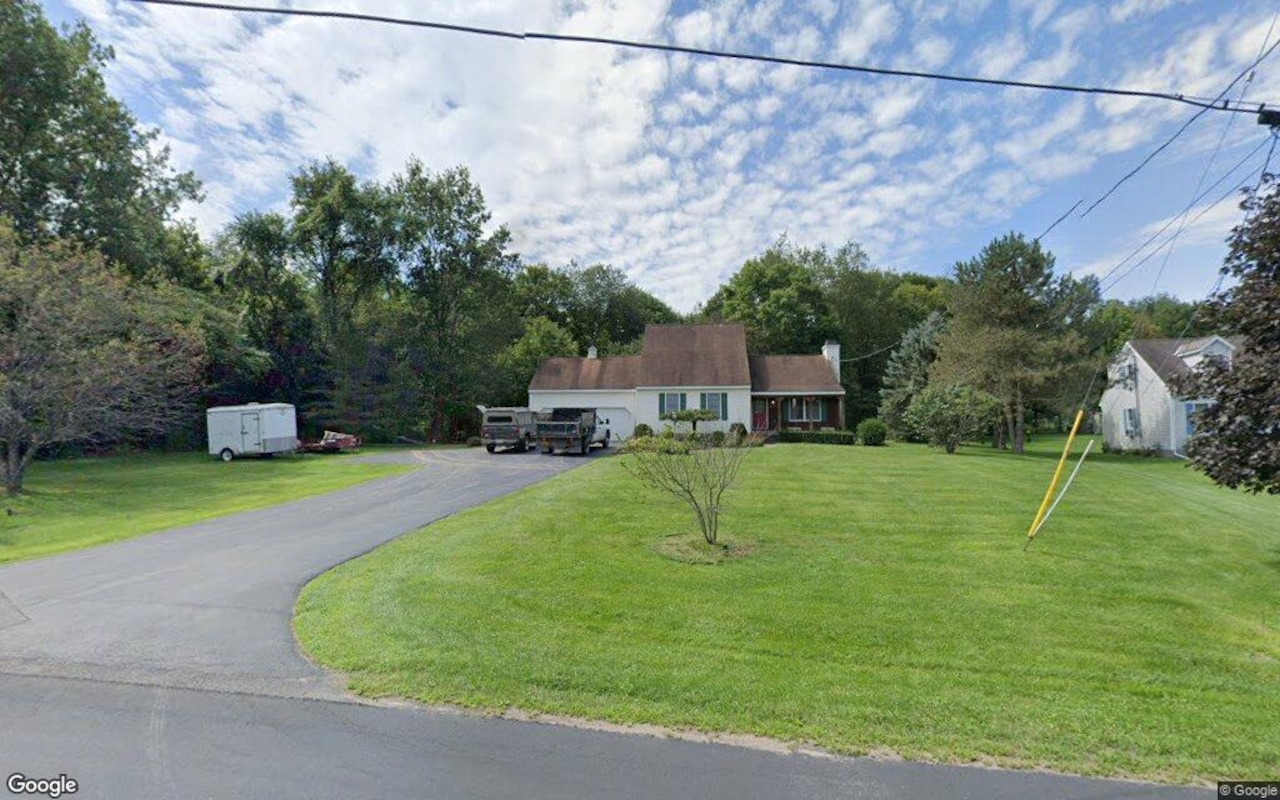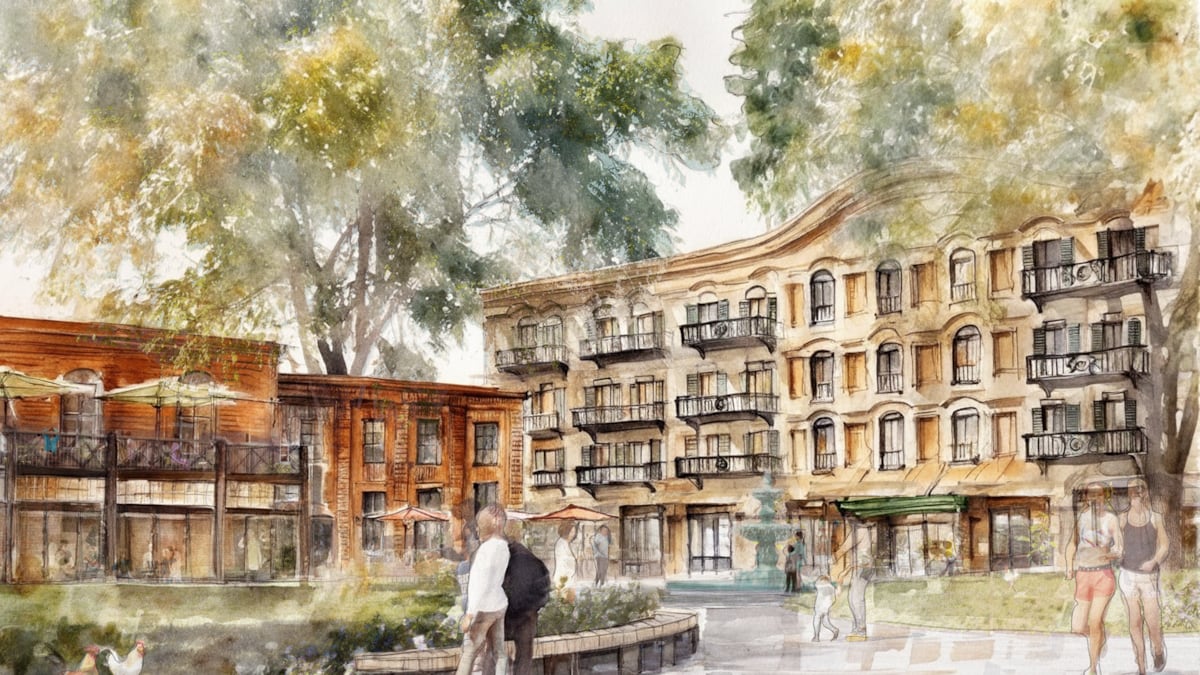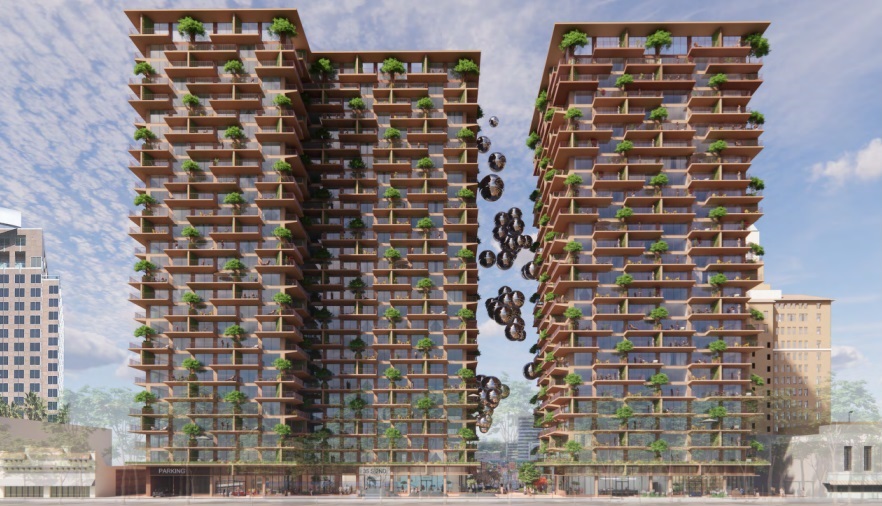H
ousing affordability has become a national crisis, with median single‑family home prices exceeding $422,000 and a shortage of nearly four million units. Rising mortgage rates and limited supply keep the dream of homeownership out of reach for many. Modular homebuilder Fading West, founded in 2016 in Buena Vista, Colorado, aims to address this problem by producing homes in a factory setting that are cheaper, faster, and higher quality than traditional stick‑built construction.
Fading West’s factory, a 110,000‑square‑foot facility, assembles modular homes using lean manufacturing principles. The company claims its process cuts costs by up to 20% and delivers a finished house in half the time of on‑site construction. “We are manufacturers, not construction workers,” says chief business development officer Eric Schaefer. The firm builds single‑ and multi‑family homes, townhouses, and apartment complexes, positioning itself as a disruptor through value engineering, speed, quality, and architectural design.
The company’s first major test came after the August 2023 wildfires in Lahaina, Maui, which claimed 102 lives and destroyed nearly 2,000 homes. In partnership with FEMA, state and local agencies, and New York City architecture firm DXA Studio, Fading West produced 82 modular homes in two months, operating two 12‑hour shifts daily. The units were shipped from Seattle to Lahaina, completing the entire project in under five months. The homes, ranging from one to three bedrooms and costing between $165,000 and $227,000 each, were financed by FEMA, marking the first time the agency offered modular units instead of trailers for displaced residents.
Fading West began as a developer focused on affordable housing for workers in Colorado’s mountain towns and ski resorts, where real estate prices are exceptionally high. The company recognized that a shortage of contractors and harsh winter weather made on‑site construction impractical. Initially marketing modular clusters built by other firms, founder and CEO Charlie Chupp shifted the business model in 2021, securing private investment and state loans to build a state‑of‑the‑art factory.
The factory, the size of two and a half football fields, is U‑shaped and contains 18 workstations, each dedicated to a specific building task. Construction starts with floors, walls, and roofs, then moves to electrical, plumbing, insulation, drywall, and finishes. Units are built on air casters, allowing workers to move them between stations every four hours. A typical 10‑ton house takes about seven days to complete. Fading West employs 110 non‑union factory workers earning $20–$25 an hour, plus 50 administrative staff and on‑site contractors who install foundations and utilities. The company views traditional homebuilders as its competitors, not other modular firms, and considers itself a $50‑million business—a small player in the construction industry.
Only 3–5% of new single‑family homes in Colorado are factory‑built, but interest is growing. New York Governor Kathy Hochul recently announced a plan that includes modular homes as a key strategy for increasing affordable housing statewide. Nationally, modular construction accounts for 1–3% of all single‑family home starts, a figure that has remained steady for a decade. The decline from 7–8% in 2007–08 reflects a consolidation of the manufacturing base and fewer factories.
Modular homes differ from manufactured (mobile) homes. Manufactured homes are built to a single national code overseen by the U.S. Department of Housing and Urban Development, while modular homes meet the same International Building Code and local regulations as traditional on‑site homes. The Modular Building Institute (MBI) represents makers of multi‑family and commercial modular structures, whereas the Modular Homebuilders Association (MHA) focuses on single‑family units.
The advantages of modular construction are clear. Homes are built in a controlled indoor environment, reducing waste by nearly 25% and protecting materials from weather damage. Production time is halved compared to stick‑built methods, and the factory model mitigates labor shortages by employing a full‑time, local workforce. “All of that leads to a more sustainable, less expensive, better‑built product,” says Jordon Rogove, partner and co‑founder of DXA Studio. Research by Michael Neal of the Urban Institute confirms that modular builders cut production time in half and can deliver affordable housing more efficiently than traditional methods.
Fading West remains a startup in its affordable‑housing mission, but it has expanded beyond Colorado. Projects now span Wyoming, Utah, Montana, Texas, and New Mexico, targeting a broad range of buyers including teachers, police officers, and firefighters. The company is also scaling its disaster‑relief model, partnering with Home/Town Developments in Los Angeles to provide permanent modular homes for wildfire victims in Pacific Palisades and Altadena. Designs range from multi‑million‑dollar, 3,000‑square‑foot, five‑bedroom homes to more affordable 1,200‑square‑foot, two‑bedroom models.
At its core, the modular business model is about flexibility—building houses that meet homeowners’ desires and budgets. “Think of these as Lego blocks,” Schaefer says, emphasizing the ability to customize and scale modular units to suit diverse needs.














